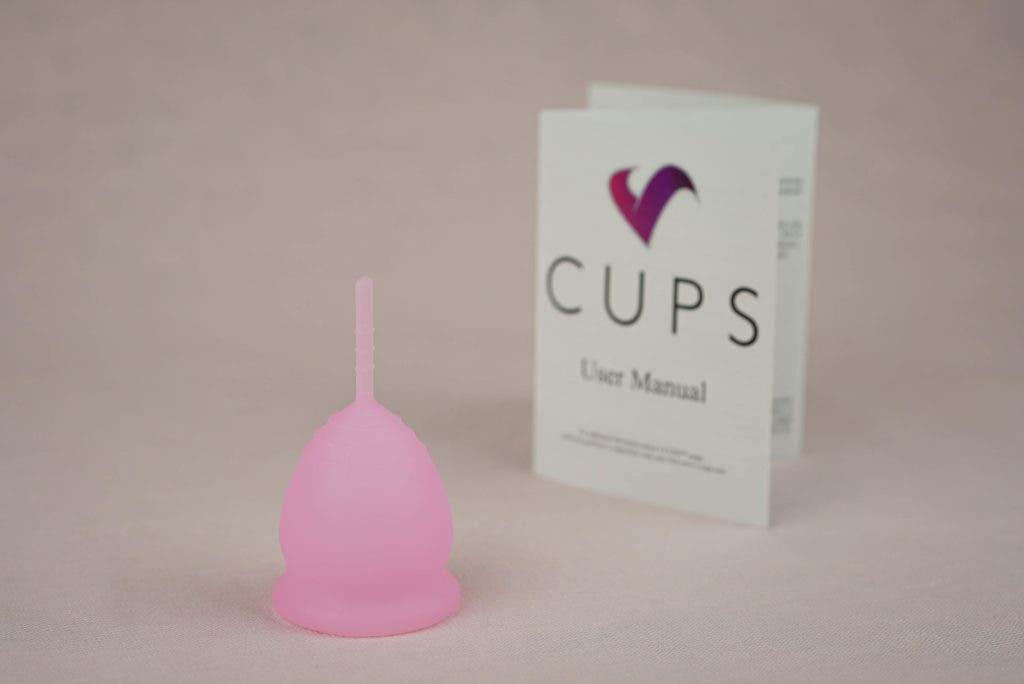Ladies, rest assured: menstrual cups are as leakproof as tampons and pads, according to the first large scientific review of these sanitary products.

Period taboo
Unfortunately, menstruation is still a taboo. Periods can be very difficult and unpleasant for women, especially young girls, and not talking about it isn’t doing anyone any favors. Menstrual products are also rarely discussed and many women have difficulties in choosing the right product — or even worse, can’t afford the proper menstruation products. Even in the US, poor women often can’t afford tampons or pads.
“Girls and women need effective, safe, and affordable menstrual products. Globally, an estimated 1·9 billion women—around 26% of the population—were of menstruating age in 2017, spending on average 65 days in the year dealing with menstrual blood flow,” the researchers write in the study.
In recent times, menstrual cups have emerged as a potential alternative to traditional products. The cup is inserted into the vagina during menstruation with the purpose of collecting menstrual blood and prevent it from leaking. They collect the blood rather than absorbing it and should be emptied and rinsed every 4-12 hours. They are also reusable, with most products being usable for up to 5 years. Menstrual cups are made of soft and flexible materials such as rubber or silicone which also make for easy cleaning.
However, most women fear complications from these products, or are simply unaware of their existence. A new report, the first large review of this type, concluded that these fears are unfounded, and women should be aware of this alternative.
Menstrual cups
Researchers selected 43 studies that were eligible, with a total of 3319 participants. In all studies, the adoption of the menstrual cup required a familiarisation phase over several menstrual cycles, but the learning curve wasn’t steep — and once women got the hang of it, complications were surprisingly rare.
The leakage was similar or lower for menstrual cups than for disposable pads or tampons. Use of the menstrual cup showed no adverse effects on the vaginal flora. There were, however, issues for a few women: out of the total sample, there were five reports of severe pain or vaginal wounds, six reports of allergies or rashes, nine of urinary tract complaints, and five of toxic shock syndrome after use of the menstrual cup. In total, this adds up to 25 severe issues from a sample of 3319 — so less than 1%
“Our review indicates that menstrual cups are a safe option for menstruation management and are being used internationally,” researchers write, adding that more good-quality studies in this field are needed.
The price is also much lower for menstrual cups. There are numerous brands and options on the market, most of which cost around $10-$40 — much more than a box of tampons, but considering that you use it for years in a row, you save quite a lot of money in the long run. Researchers suggest that making menstrual cups available globally could play an important role in alleviating poverty and reducing health problems such as infections.
Being reusable rather than disposable means that menstrual cups are also more eco-friendly, which can be an important consideration for many women. Menstrual cups can also take in more blood than pads or tampons, and provide equal or lower leakage than conventional options.
All in all, researchers encourage more women to look into this alternative. With proper usage, it can be healthier, cheaper, and more sustainable than the existing alternatives.
“This systematic review suggests that menstrual cups can be an acceptable and safe option for menstrual hygiene in high-income, low-income, and middle-income countries but are not well known. Our findings can inform policy makers and programmes that menstrual cups are an alternative to disposable sanitary products, even where water and sanitation facilities are poor.”
The study has been published in The Lancet.


